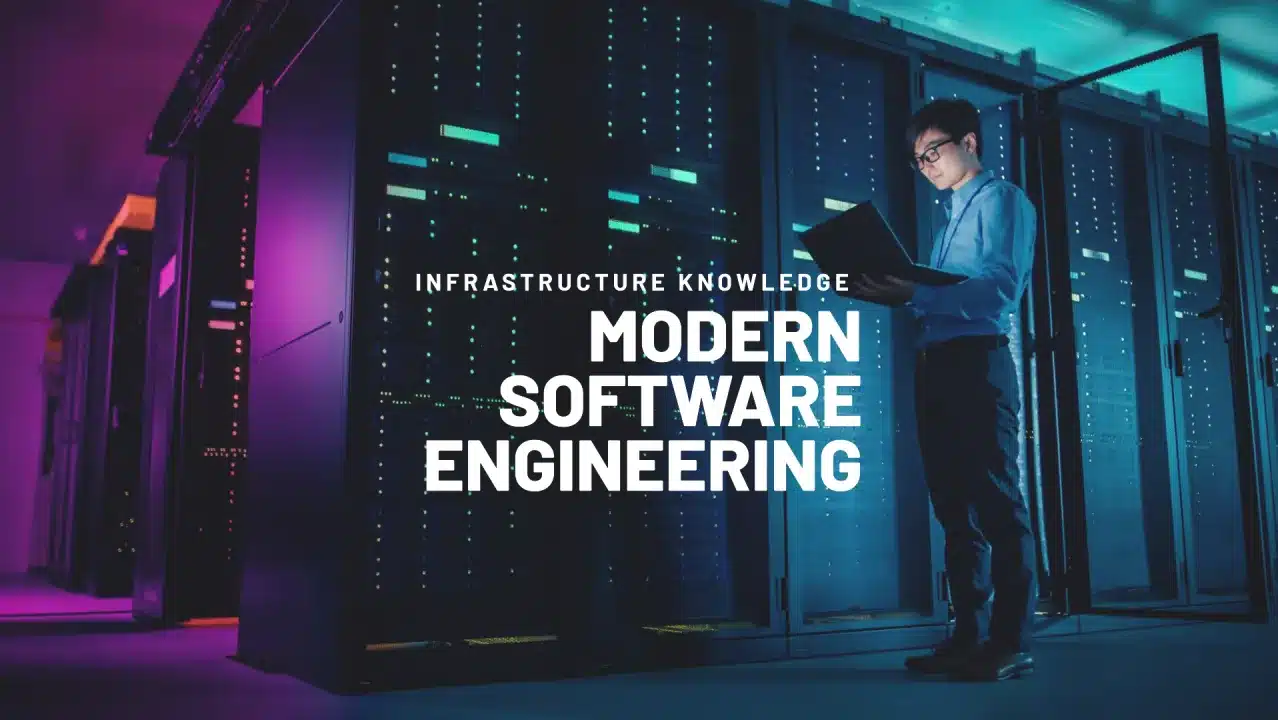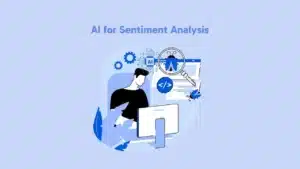In today’s cloud-native landscape, containerization has become the backbone of modern application deployment. Yet with this technological advancement comes a critical responsibility: ensuring robust container security. As organizations accelerate their digital transformation, understanding and implementing container security best practices has shifted from being optional to absolutely essential. This comprehensive guide explores how to safeguard your containerized infrastructure while maintaining development velocity.
Understanding Container Security in the Modern Stack
Container security refers to the protection of containerized applications throughout their entire lifecycle—from development and build stages through deployment and runtime execution. Unlike traditional server-based security, container environments introduce unique challenges due to their ephemeral nature, microservices architecture, and the complexity of orchestration platforms like Kubernetes.
The stakes are high. A single vulnerable container can serve as an entry point for attackers to compromise entire clusters, access sensitive data, or launch lateral attacks across your infrastructure. According to industry research, most container security breaches stem from misconfigurations, outdated dependencies, and inadequate runtime monitoring rather than zero-day exploits.
What makes container security particularly challenging is that threats exist across multiple layers. Image vulnerabilities, registry compromises, deployment misconfigurations, and runtime anomalies all represent distinct attack vectors. Organizations need a defense-in-depth strategy that addresses each stage of the container lifecycle.
The Evolution of Container Security Threats
When containerization first emerged, security was often an afterthought. Teams focused primarily on getting applications running quickly, treating security as a separate concern to be addressed later. This approach created significant vulnerabilities that attackers quickly learned to exploit.
Today’s threat landscape has matured considerably. Attackers now specifically target container environments, leveraging automated tools to scan registries for vulnerable images, exploit misconfigurations, and move laterally through orchestration platforms. The shift from monolithic applications to microservices means that a single compromised container can now impact dozens of dependent services.
The industry has responded by developing specialized security tools and frameworks designed specifically for containerized environments. Docker security hardening, Kubernetes hardening, and DevSecOps practices have emerged as essential disciplines that integrate security directly into development workflows rather than treating it as a post-deployment concern.
Building a Comprehensive Container Security Strategy
Securing Container Images from the Ground Up
- Use trusted, minimal base images. Start with official base images from trusted registries rather than community-contributed alternatives. Better yet, adopt distroless or Alpine-based images that contain only the absolute minimum components needed for your application to function. This dramatically reduces your attack surface by eliminating unnecessary software that could contain vulnerabilities.
- Implement automated vulnerability scanning. Integrate container scanning into your CI/CD pipeline to detect known vulnerabilities before images reach production. Scanning should occur at multiple stages: when you pull base images, after you build your application images, and continuously against running containers to catch newly discovered vulnerabilities.
- Pin image versions and sign images. Avoid using the
:latesttag, which can introduce unexpected changes and make troubleshooting difficult. Instead, pin specific versions. Additionally, implement image signing and verification to ensure images haven’t been tampered with and come from trusted sources.
Enforcing Least Privilege Access
- Run containers as non-root users. Running containers as the root user is a significant security risk. If an attacker compromises a container running as root, they gain root-level access to the underlying host. Configure your containers to run as specific non-root users with limited capabilities.
- Drop unnecessary kernel capabilities. Linux containers inherit kernel capabilities from their host. Drop any capabilities your application doesn’t explicitly require. For example, most applications don’t need the ability to load kernel modules or change network configurations.
- Implement role-based access control (RBAC). Define what containers and users can do within your environment through RBAC policies. This creates clear boundaries and prevents privilege escalation attacks.
Securing Deployment and Configuration
- Mount filesystems as read-only. Whenever possible, mount your container’s root filesystem as read-only. This prevents attackers from modifying application code or installing malicious tools if they gain container access.
- Implement network policies. Use network policies to restrict traffic between containers and services, implementing zero-trust principles where every connection requires explicit authorization. This limits lateral movement if one container is compromised.
- Secure secrets management. Never hardcode sensitive information like API keys, database passwords, or certificates into container images. Instead, use dedicated secret management solutions like Kubernetes Secrets or HashiCorp Vault. Rotate secrets automatically to minimize exposure windows.
Runtime Protection and Monitoring
- Implement runtime threat detection. Deploy runtime security tools that monitor container behavior in real-time, detecting anomalies, suspicious system calls, and unauthorized access attempts. eBPF-based tools can provide deep visibility into container activity without significant performance overhead.
- Centralize container logging. Aggregate logs from all containers into a centralized system where you can search, analyze, and correlate events across your entire infrastructure. This enables faster incident detection and forensic analysis.
- Perform continuous vulnerability scanning. Even after deployment, regularly scan running containers for newly discovered vulnerabilities in their dependencies. This catches zero-day vulnerabilities that weren’t known when the image was built.
Advanced Tactics: Beyond the Basics
Modern container security strategies increasingly adopt zero-trust principles, which assume that no user, service, or container is trustworthy by default. Every request must be authenticated and authorized, regardless of whether it originates from inside or outside your network.
- Implement mutual TLS (mTLS) for service-to-service communication to encrypt and authenticate traffic between containers.
- Use service meshes like Istio or Linkerd to enforce these policies consistently across your infrastructure without requiring changes to application code.
- Automate security enforcement through admission controllers that evaluate every container deployment against your security policies before it runs. These controllers can enforce policies like requiring images to come from approved registries, mandating resource limits, preventing privileged containers, and ensuring all containers run as non-root users.
By automating these checks, you ensure consistent security posture across your entire infrastructure.
Software Composition Analysis
Modern applications depend on numerous third-party libraries and dependencies. Container security requires understanding what’s inside your containers. Perform Software Composition Analysis (SCA) to identify all dependencies, their versions, and known vulnerabilities.
Go beyond simple vulnerability databases. Understand the license compliance implications of your dependencies, track which components are actively maintained, and monitor for security advisories from upstream projects.
The Power of Integrated DevSecOps Culture
Technical tools and configurations are necessary but insufficient for sustained container security. Organizations that excel at container security have embedded security thinking into their development culture through DevSecOps practices.
DevSecOps means that security teams, development teams, and operations teams collaborate from the beginning of the development lifecycle rather than security being an afterthought. Developers learn secure coding practices specific to containerized environments. Operations teams understand how to configure container runtimes securely. Security teams provide guidance and automation rather than acting as gatekeepers.
This cultural shift requires investment in training, tooling, and processes. However, organizations that successfully implement DevSecOps report faster incident response times, fewer security-related production incidents, and improved developer productivity because security doesn’t slow down the development process—it’s integrated into it.
Actionable Implementation Checklist
- Audit your current base images and migrate to minimal, trusted alternatives
- Integrate automated vulnerability scanning into your CI/CD pipeline with build failure thresholds for critical vulnerabilities
- Audit container permissions and implement non-root user requirements
- Deploy network policies restricting inter-container communication
- Implement centralized secret management and rotate all hardcoded credentials
- Deploy runtime monitoring and threat detection
- Establish regular security training for development teams
- Create incident response procedures specific to container security events
Building Expertise Through Structured Learning
Mastering container security requires understanding not just individual practices but how they integrate into cohesive security architectures. This is where structured learning becomes invaluable.
The Software Engineering, Agentic AI and Generative AI Course from Amquest Education provides comprehensive coverage of cloud infrastructure protection, including containerization security within the broader context of modern software architecture.
What sets Amquest’s approach apart is the integration of real-world scenarios with AI-powered learning modules. Rather than learning container security in isolation, you understand how it fits into enterprise software engineering practices, how AI systems can automate security monitoring and threat detection, and how to architect systems that are both secure and scalable.
The course includes hands-on labs with industry partners, internship opportunities, and mentorship from faculty with direct experience deploying containerized systems at scale. For professionals in Mumbai and across India seeking to advance their expertise in cloud-native security and software engineering, Amquest Education combines theoretical rigor with practical application that directly translates to career advancement.
Conclusion
Container security has evolved from a niche concern to a fundamental requirement for any organization deploying containerized applications. The practices outlined in this guide—from securing images and enforcing least privilege to implementing runtime protection and fostering a DevSecOps culture—form the foundation of resilient container infrastructure.
The landscape continues to evolve. New threats emerge regularly, and security tools become increasingly sophisticated. Organizations that succeed in this environment are those that treat container security not as a one-time implementation but as an ongoing practice requiring continuous learning and improvement.
Whether you’re just beginning your containerization journey or looking to mature your existing security practices, investing in container security expertise pays dividends through reduced incidents, faster incident response, and ultimately, greater business resilience.
Start with the fundamentals, automate what you can, and build a culture where security is everyone’s responsibility.
Ready to deepen your expertise in container security and modern software architecture? Explore how Amquest Education’s comprehensive courses can accelerate your journey toward mastery. Visit https://amquesteducation.com/courses/software-engineering-generative-ai-and-agentic-ai/ to learn more about our industry-aligned curriculum and internship opportunities.










